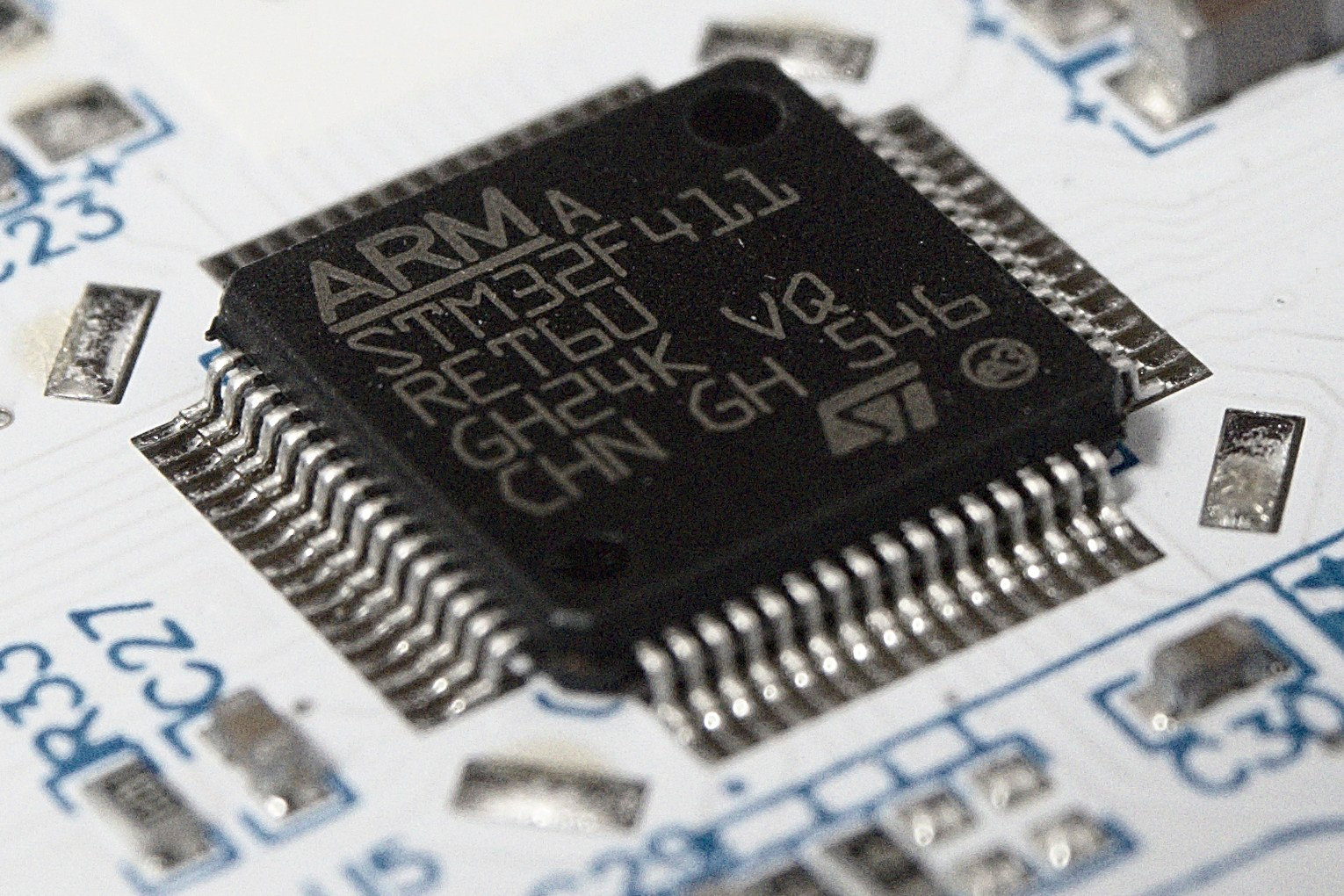Arm Cortex-M
Introduction
ARM is the dominant processor architecture in mobile and embedded devices. The CPU architectures are developed by ARM Ltd. and licensed by various hardware manufacturers for use in processor design. Plenty of ARM-based processor models are available on the market, ranging from special-purpose microcontrollers to generic computing with support for consumer operating systems. The price-performance ratio and broad availability makes ARM processors ideal for use in hobbyist electronics projects.
History
The initial ARM processor architecture was developed in the mid-1980s by the British computer manufacturer Acorn Computers with the goal of creating an auxiliary processor for a business computer product. The acronym ARM stands for Acorn RISC Machine. ARM Ltd. was founded as a joint venture with the U.S. computer manufacturer Apple with the goal of developing an improved architecture that could be used for the main processor of a computer.
Cross-Compiling
If your operating system is Ubuntu Linux, running on an x64/AMD64 processor, you need the following package to cross-compile code to run on ARM Cortex series processors:
sudo apt-get install gcc-arm-none-eabi
Microcontrollers
ARM's family of Cortex-M processors (notably M0, M0+, M3, M4) are designed for use as energy-efficient microcontrollers, where M0+ is the cheapest and most efficient, and M4 is the fastest and most capable (offering DSP functions and a floating point unit).
Reference Manuals
Cortex-M0+
Cortex-M4
Instruction Sets
Based on a diagram in Joseph Yiu's book The Definitive Guide to ARM Cortex-M0 and Cortex-M0+ Processors.
File:ARM Cortex M Instruction Sets.png
Development Boards
- Nucleo boards by STMicroelectronics, with STM32 processors
- Freedom boards by NXP (after buying Freescale), with Kinetis processors
- LPCXpresso boards by NXP
- ARM related products by Olimex
Software Development Tools
- ARM Mbed platform with high-level API (not CMSIS), HAL library, Internet connectivity services, optional web IDE
- GNU ARM Embedded Toolchain for Ubuntu
or the latest toolchain for all Linux distros, macOS, and Windows directly from ARM Ltd. - GNU MCU Eclipse plugin with good support for STM32
- OpenOCD on-chip debugger
- STM32Cube tools and drivers package for STM32 programming (CMSIS and HAL libraries)
- LPCXpresso IDE and utility programs for programming LPCXpresso boards.
Tutorials
- ARM Assembly programming
- Programming the Cortex-M4 development board Nucleo-64 STM32F411
- Programming the Cortex-M0 development board Nucleo-32 STM32F042
- ARM Bootloader
- ARM GCC Inline Assembler Cookbook by Harald Kipp
- Collection of Cortex-M tutorials by Keil
- Programming STM32F103RET Cortex-M3 with GNU ARM Eclipse Plugin
ARM64

